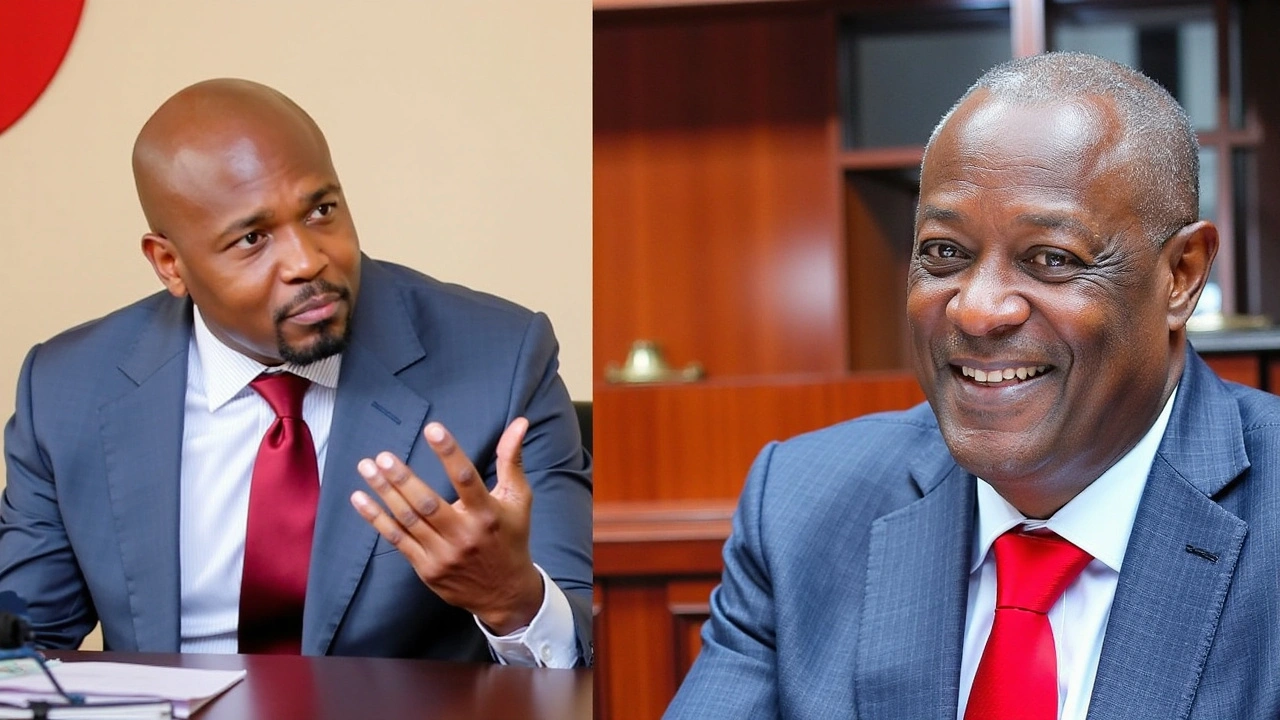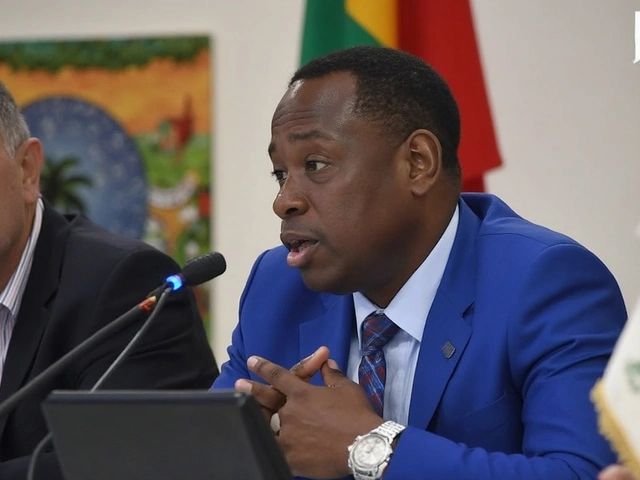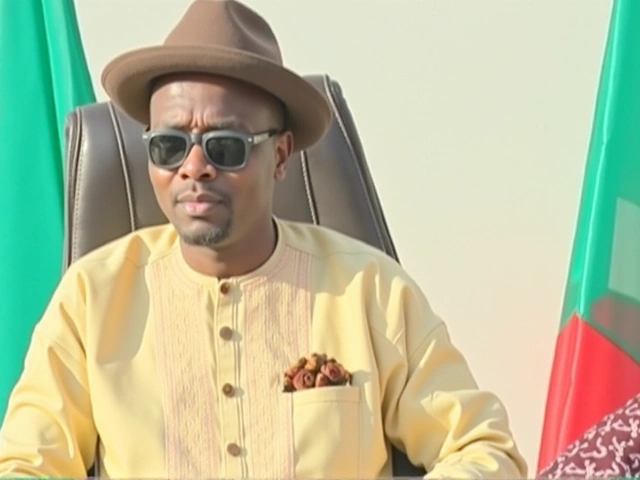Kenyan Shilling Faces Potential Depreciation: Former CS Moses Kuria's Prediction and Economic Concerns
In a bold forecast that has sent ripples through Kenya's economic circles, former Cabinet Secretary Moses Kuria has predicted a significant depreciation of the Kenyan shilling by the end of 2024. Known for his candid and often controversial economic commentary, Kuria's latest prediction has sparked a wider debate regarding the state of the country's financial health and the efficacy of current government policies.
Kuria attributes his forecast to a confluence of economic challenges that have been increasingly manifesting over recent years. One of his main concerns is the country's inflation rate, which has shown an upward trajectory, eroding the purchasing power of consumers and increasing the cost of living. High inflation typically exerts downward pressure on a nation's currency, and Kuria believes this trend will not reverse without substantial policy changes.
Rising External Debt and Balance of Payments Issues
Another significant factor Kuria points to is Kenya's burgeoning external debt. Over the past decade, the country has taken on substantial loans to fund infrastructure projects and other development initiatives. While these investments are expected to spur long-term growth, they come with the immediate burden of high debt servicing costs. As external debt grows, the need to make payments in foreign currencies increases, putting further strain on the shilling.
Balance of payments issues also feature prominently in Kuria's analysis. Kenya has been facing challenges in its trade balance, with imports far outstripping exports. This imbalance means that the demand for foreign currency is higher than the supply generated by export earnings, which can lead to depreciation of the local currency. The situation is compounded by financial outflows and other economic factors that Kuria warns will escalate if not addressed promptly.
Mixed Reactions from Economists and Analysts
The reaction to Kuria's prediction has been mixed among economists and financial analysts. Some agree that the Kenyan shilling is under severe pressure and that the risks he highlights are credible. They argue that without significant shifts in economic policy—particularly in areas such as inflation control, debt management, and increasing export competitiveness—the shilling's value could indeed deteriorate.
On the other hand, there are optimistic voices who believe that the government has the tools necessary to mitigate these risks. They point to recent monetary policy adjustments by the Central Bank of Kenya, aimed at stabilizing the currency and controlling inflation. Additionally, fiscal discipline measures, including reductions in public spending and improved tax collection, are seen as steps in the right direction to shore up economic stability.
Urgency for Robust Economic Measures
Regardless of these differing opinions, Kuria's comments highlight the urgency for policymakers to address the underlying economic issues facing Kenya. The country's leaders are called to focus on robust strategies that can support long-term economic health and prevent the predicted depreciation of the shilling. These may include enhancing local industries to reduce import dependence, diversifying the economy to create more export opportunities, and continuing efforts to manage the public debt more effectively.
Investors and financial analysts are closely watching the government's response to these challenges. The next few months are critical as they can provide indicators of the shilling's potential trajectory. Swift and decisive action from policymakers could restore confidence in the currency and stabilize the economic environment, while indecision or inadequate measures could exacerbate the situation.
Conclusion
In conclusion, Moses Kuria's prediction of a significant depreciation of the Kenyan shilling by the end of 2024 has brought to the forefront vital discussions about the country's economic policies. As the Kenyan government grapples with inflation, rising external debt, and balance of payments issues, the urgency for effective policy measures cannot be understated. The reactions from economists, financial analysts, and the broader public underscore the complexity and gravity of the economic challenges ahead. The steps taken in the near term will be crucial in determining whether Kuria's forecast becomes a reality or if the Kenyan shilling will find a firmer footing in a volatile economic landscape.






Write a comment